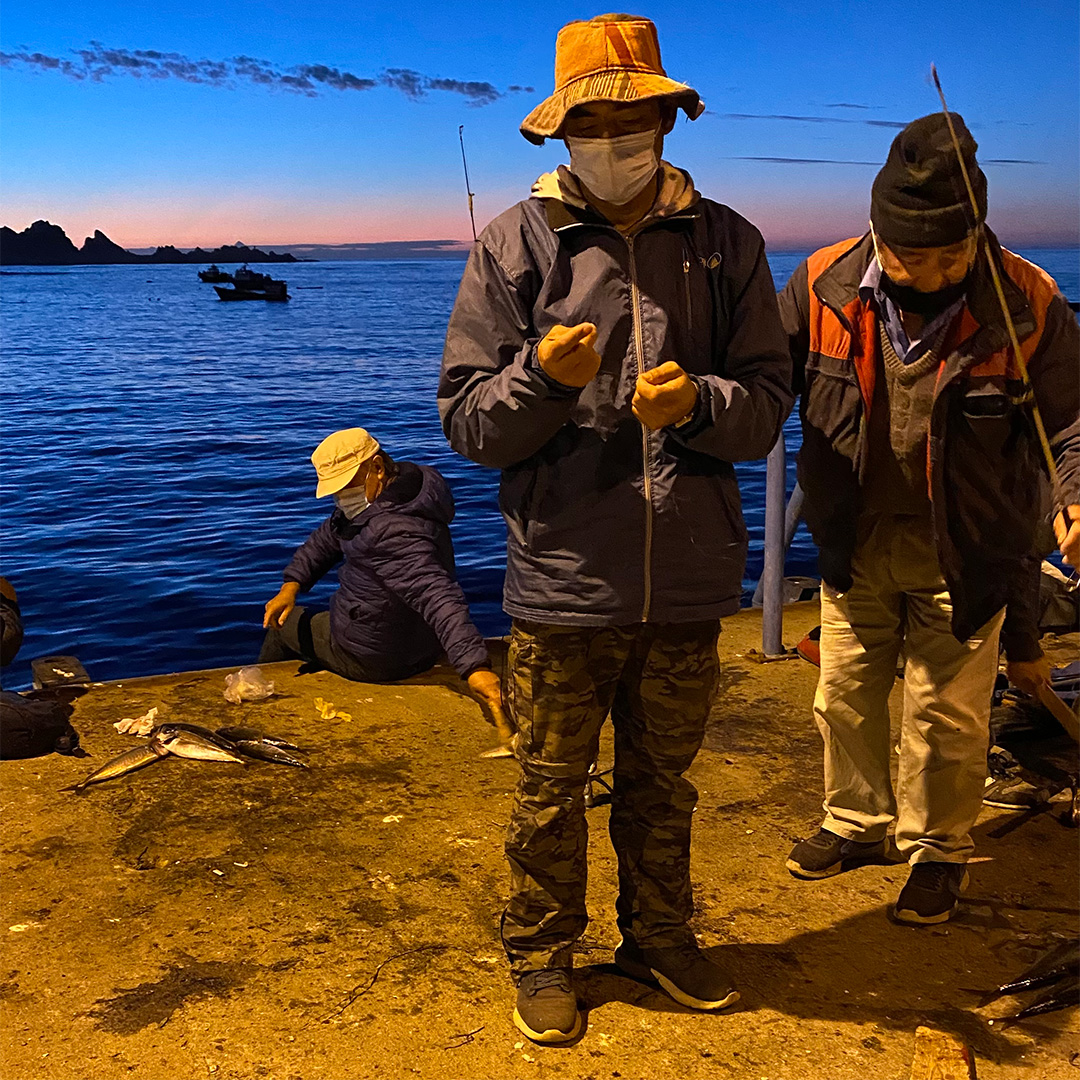
This essay explores the relationship between extraction activities and the subsistence economies they impact to advocate for the emergence of a new political category—what Lesley Green refers to as environmental public. With a Chilean copper mine as a case study, this essay recognizes sustenance practices (such as farming, herding, and fishing) as material witnesses that register environmental change in and around extraction sites. With a recent update to national legislation—to comply with the Escazú Agreement—it is possible to posit sustenance practices as essential for the now mandatory participatory monitoring of environmental change within these sites. This could center these sustenance practices and bring them forward from the fringes of economic development. Reviewing environmental impact assessment reports as records of landscape transactions, and conducting fieldwork around the mines’ operational landscapes, reveals how the copper industry neglects to register the relational damage done by extractive activities. With an upcoming project phase to extend the copper mine’s operations, this essay considers how spatial disciplines might learn from and assist in supporting monitoring activities for this new environmental public.
Continue reading:






